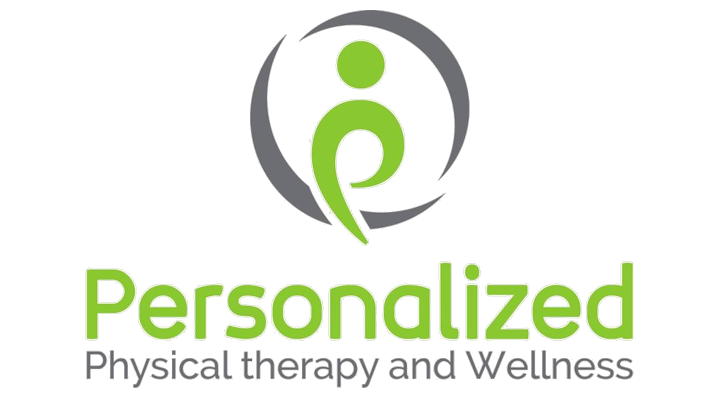Discover the Economic Value of Physical Therapy
Physical therapy can benefit both individuals and the health care system.
For many of the conditions analyzed in this report, physical therapist services improve patient quality of life across dimensions such as mobility, self-care, usual activities, pain or discomfort, and anxiety or depression.
Physical therapy also can prevent unnecessary future health expenditures, which may be realized through avoiding a more costly alternative treatment and/or reducing the need for future medical intervention. The benefits of this can often be multi-faceted, generated through both quality-of-life improvements for the patient and cost benefits for payers. However, defining how different stakeholders realize the future benefits of physical therapy can be difficult to determine.
Cost benefits of physical therapist services may be realized as reduced out-of-pocket expenses for patients, reduced insurance payments for private health insurers, and reduced overall health expenditures for the government. In some cases, benefits are not realized in the form of current cost savings but instead as avoided future medical services. For example, physical therapist services that help prevent falls can result in reduced admission and readmission rates for emergency departments.
This generates the potential for lowering future costs by limiting the demand for certain services. In addition, fewer admissions from falls can reduce wait times and open up more beds for patients who are admitted for other injuries or illnesses.
While our analyses did not attempt to allocate the impact of reduced costs to individual potential beneficiaries, this report separately identifies net cost reductions and quality-of-life improvements to help policymakers and payers understand the implications for overall health system costs.

